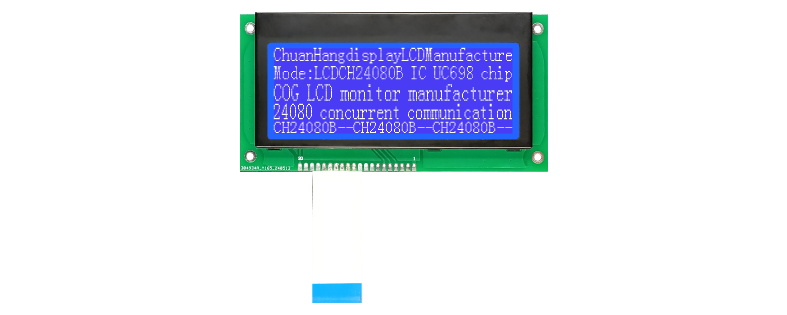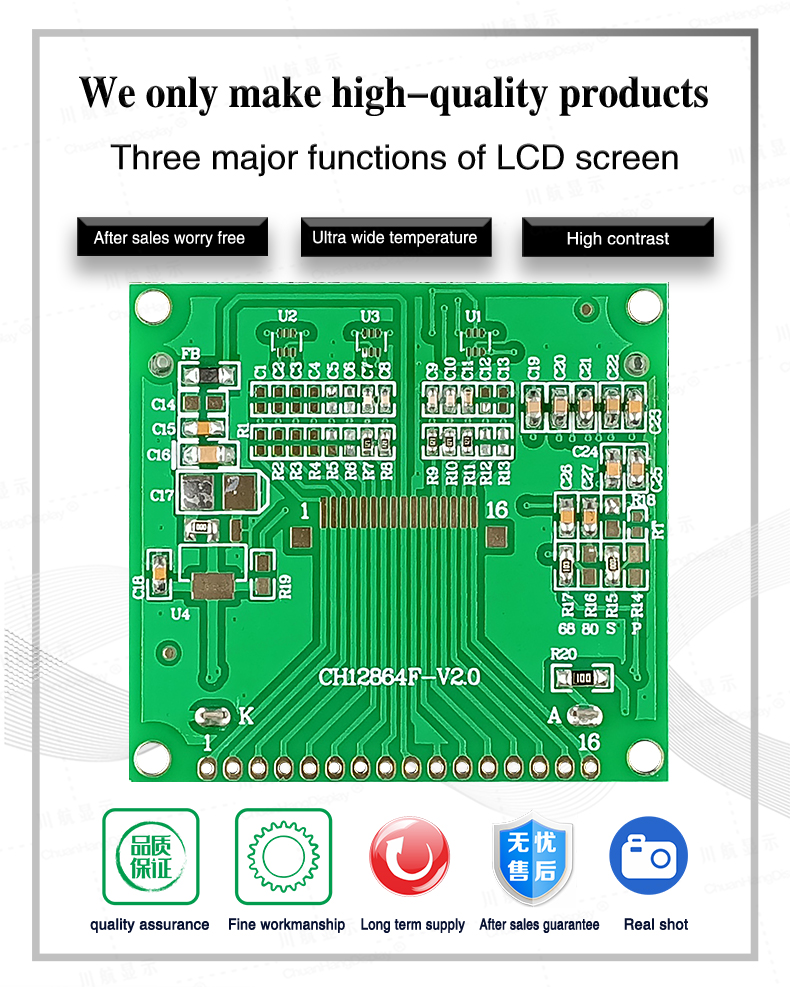In the world of electronic displays, the 7 segment display remains a timeless component, widely used for its simplicity and efficiency in showcasing numeric information. Whether you're looking at a digital clock, a calculator, or industrial equipment, this display type has stood the test of time. However, with advancements in technology, variants like the 7 segment LCD have emerged, offering enhanced features. This article delves into the intricacies of seven segment display technology, explores the benefits of custom 7 segment LCD units, highlights the role of an LCD module manufacturer, and addresses common challenges users face. By the end, you'll have a comprehensive understanding of how these displays work and why they remain relevant today.

A seven segment display is a form of electronic display device that uses seven segments (arranged in a figure-eight pattern) to represent digits from 0 to 9. It's a fundamental component in many devices due to its low cost, ease of use, and high readability. Originally based on LED technology, these displays have evolved to include LCD versions, such as the 7 segment LCD, which consume less power and offer better visibility in various lighting conditions. The simplicity of a 7 segment display lies in its ability to be driven by simple digital circuits or microcontrollers, making it a go-to choice for applications requiring numeric output without complex graphics.
The working principle involves illuminating specific segments to form numbers. For instance, to display the digit "2," segments a, b, d, e, and g are activated. This straightforward approach has made the seven segment display a staple in consumer electronics, automotive dashboards, and medical devices. Over time, manufacturers have developed variations, including multi-digit displays and those with decimal points, enhancing their versatility. As we move into more customized solutions, the role of an LCD module manufacturer becomes crucial in tailoring these displays to specific needs.
The transition from LED to LCD-based 7 segment display units marks a significant innovation. A 7 segment LCD leverages liquid crystal technology to control light transmission, resulting in lower power consumption and thinner profiles compared to traditional LED versions. This makes them ideal for battery-operated devices like watches or portable instruments. The 7 segment LCD also offers better contrast in bright environments, thanks to reflective or transmissive designs, which are often customized by an experienced LCD module manufacturer.
One key advantage of the 7 segment LCD is its compatibility with various backlighting options, such as LED or EL (electroluminescent) panels, allowing for customization in color and brightness. This flexibility has led to the rise of custom 7 segment LCD solutions, where manufacturers like Chuanhang Display work with clients to develop displays that meet exact specifications, including size, shape, and interface requirements. For example, in automotive applications, a custom 7 segment LCD might be designed with high-temperature resistance and anti-glare coatings. This evolution underscores how the basic seven segment display has adapted to modern demands, driven by innovations from LCD module manufacturer partners.
When off-the-shelf displays fall short, a custom 7 segment LCD offers tailored solutions that enhance functionality and integration. Customization allows for adjustments in segment size, color, viewing angles, and power requirements, making it possible to fit unique product designs. For instance, in industrial settings, a custom 7 segment LCD might be built with ruggedized materials to withstand harsh conditions, something a standard 7 segment display might not handle. This level of personalization is often facilitated by a specialized LCD module manufacturer, such as Chuanhang Display, which provides end-to-end services from design to production.
The process of creating a custom 7 segment LCD typically involves collaboration with an LCD module manufacturer to define parameters like drive voltage, response time, and environmental durability. This ensures compatibility with existing systems and reduces the need for additional components, saving costs in the long run. Moreover, custom displays can incorporate features like wide temperature ranges or low-power modes, extending the lifespan of the seven segment display. By investing in customization, companies can differentiate their products while maintaining the reliability of a classic 7 segment LCD.

An LCD module manufacturer plays a pivotal role in the development and distribution of 7 segment display technologies. These manufacturers, including industry leaders like Chuanhang Display, not only produce standard units but also drive innovation through research and development. They work closely with engineers to optimize 7 segment LCD designs for efficiency and cost-effectiveness. For example, Chuanhang Display has built a reputation for delivering high-quality custom 7 segment LCD solutions that meet rigorous industry standards, from consumer electronics to medical devices.
Choosing the right LCD module manufacturer involves evaluating factors like production capacity, quality control, and support services. A reliable manufacturer will offer testing for aspects such as segment uniformity and longevity, ensuring that each seven segment display performs consistently. Additionally, they provide value-added services like prototyping and logistics support, which are essential for large-scale deployments. As the demand for specialized displays grows, the partnership with an LCD module manufacturer becomes key to leveraging the full potential of 7 segment LCD technology.
Despite their reliability, 7 segment display units can encounter problems that affect performance. One common issue is segment failure, where certain segments do not illuminate, often due to faulty connections or driver IC problems. This can be particularly frustrating in a 7 segment LCD, where moisture ingress or manufacturing defects might cause similar issues. Regular inspection and working with a trusted LCD module manufacturer like Chuanhang Display can mitigate this through quality assurance.
Another frequent problem is poor visibility, especially in outdoor applications where glare reduces readability. For a seven segment display, this might require anti-reflective coatings or brighter backlighting—a area where custom 7 segment LCD solutions excel. Power consumption is also a concern; while 7 segment LCD units are generally efficient, incorrect voltage settings can lead to shortened lifespan. Users should consult their LCD module manufacturer for specifications to avoid overdriving the display.
Additionally, compatibility issues with microcontrollers or power supplies can arise, particularly in custom 7 segment LCD setups. Ensuring proper interface design during the manufacturing phase is crucial. By addressing these common problems proactively, users can extend the life of their 7 segment display and maintain optimal performance.
The 7 segment display continues to be a vital component in electronics, thanks to its simplicity and adaptability. With innovations like the 7 segment LCD and the growth of custom 7 segment LCD options, these displays are evolving to meet modern needs. Partnering with a reputable LCD module manufacturer, such as Chuanhang Display, ensures access to high-quality, tailored solutions that address common challenges. As technology advances, the humble seven segment display will likely remain a cornerstone, proving that sometimes, the simplest designs are the most enduring. Whether you're designing a new product or maintaining existing equipment, understanding these aspects can help you make informed decisions.